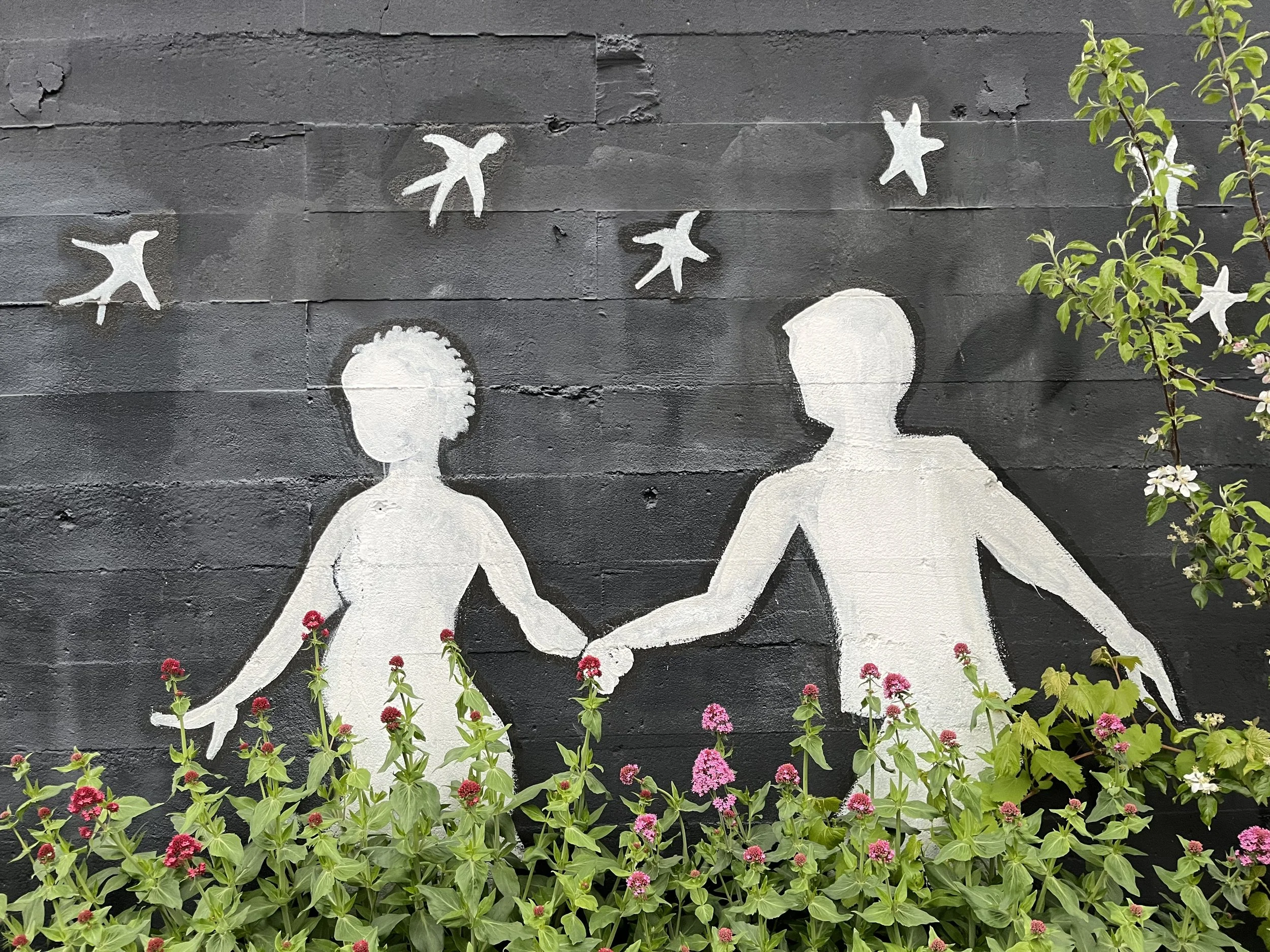Mon, 27 Jan 2025
Hope and despair are fraternal twins. They share a common genetic origin, gestate contemporaneously, are born around the same time and in the same place, mature side-by-side, but their individual expressions diverge greatly—their respective expressions can even polarize into diametrically opposed opposites.
At their core, though, hope and despair are sibling maladies; they are essentially the same thing manifest in different ways. Fundamentally, both can be distilled down to a singular phenomenon: The tension between what is and what could be.
Neither hope nor despair are passive sensations—both are active dispositions toward the world, both drive our behaviors of the best and the worst varieties.
Despair is the more comfortable, the safer, the less challenging expression. Despair experiences the above noted tension, and says, "It is what it is and not what it could be; ‘what could be’ is more accurately ‘what could have been.’"
Hope is uncomfortable, dangerous, and difficult. It asks questions without answering them. And it puts those questions to the test, curiosity and uncertainty serving as hope’s primary drivers. Hope holds the tension, and says, "It is what it is, but 'is' does not imply permanence; what if what could be is also what might be?"
These sibling conditions are both pragmatic in their responses to the fundamental tension between the world as we know it and the world as we wish it was. The utility in each is distinct, but equally effective in their divergent ends and means.
Despair is capitulation, surrender, preemptive obedience. A compliant agent is no agent at all, and only agents pose a threat to the status quo. Thus, in surrendering one's agency, one signals to the powerful that they are not a threat to any current hegemony, particularly if one so prostrates oneself in anticipatory defeat. In dark times, with hate and oppression ascendant, this acquiescence is functional in its utility: One who does not pose a threat is unlikely to be a target—not at first anyway.
Hope, on the other hand, is defiant. Hope does not yield; it does not obey. Hope does not accept the status quo as inevitable or necessary. Rather than endorsing what is as a salve to the underlying existential tension, hope insists on what could be. To advocate for what could be is to to reject the immutability of what is. In doing so, one must necessarily defy those forces imposing any current realities. Thus, hope is a threat. Hopeful individuals are agents creating new worlds. And these new worlds need not be of a maximalist quality; there is power in small defiance.
To coopt a sinister sentiment of disputed origin: The hopeful are history’s actors; and when they act, they create their own realities. The despairing will be left to study what the hopeful do. Some of those created realities, simply by sheer statistical probability, will successfully evolve what is into what could be.
Hopeful agents are unpredictable. Tyranny of any kind requires capitulation, compliance, predictability from those it seeks to control. Any creative act is therefore one of defiance.
We are now faced with a binary, a choice between sibling maladies. And I’m convinced that whatever we choose is the best we can do in a given moment. No matter the choice made, though—whether hope or despair—neither is a permanent state, either condition can be reversed or enhanced by our continued agency (or denial thereof).
Will we opt for the malady of hope? Or the malady of despair?
And which will we choose tomorrow?
And the day after?
And what about the years to come?
